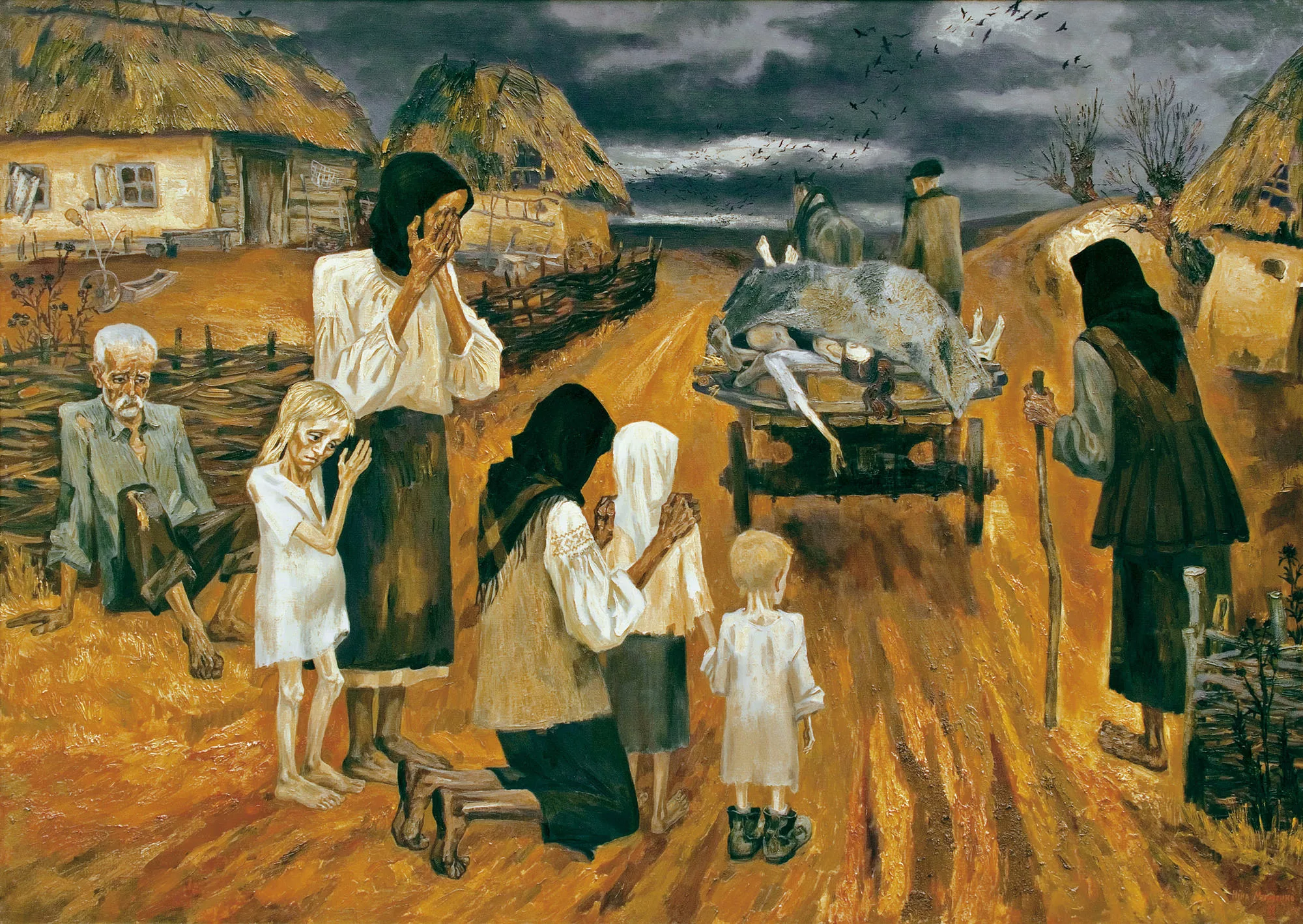
This manuscript project focuses on the early aftermath of the 1932-1933 famine in Ukraine, now commonly known as the Holodomor. The orchestrated famine, which killed millions of people in just a short period of time, left in its wake a number of issues and problems that continued to affect those who survived. Although large-scale hunger began to subside by the fall of 1933, the effects and implications unleased by the famine’s occurrence did not simply go away.
Despite the deliberate silencing of the famine at the time, Ukrainians actively grappled with the tangible and intangible legacies of the famine throughout the remaining years of the 1930s while attempting to understand what it meant to live through such an atrocity. It was during these pivotal years that survivors first started to reckon with the emotional, physical, and traumatic tolls of the famine on their lives in varied ways.
